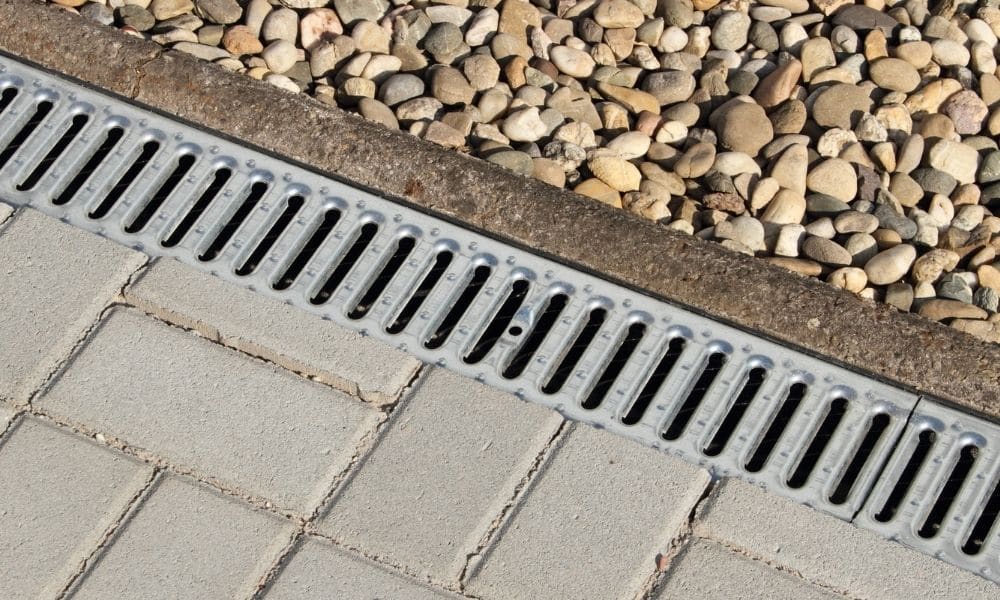Introduction to Channel Drains
Channel drains play a crucial role in managing surface water effectively, particularly in urban and residential areas where efficient drainage is essential to prevent flooding and water damage. Understanding the basics of channel drains involves exploring their design, functionality, and applications in various environments.
What are Channel Drains?
Channel drains, also known as trench drains or linear drains, are linear drainage systems designed to collect and convey surface water. They consist of a narrow channel or trench covered by a grate or slot, which allows water to enter while preventing debris from clogging the system. These drains are typically installed in areas prone to water accumulation, such as driveways, patios, sidewalks, and commercial spaces. You can visit here for the Field Drainage Solutions That Yield https://grodraintile.com.
Components of Channel Drains
- Channel/Trench: The main body of the drain where water collects and flows.
- Grate/Slot: Covers the channel to allow water entry while keeping out large debris.
- Outlet: Where collected water exits the drain system, usually connected to underground pipes or a drainage network.
- End Caps and Outlets: These components help direct the flow of water towards the outlet.
Types of Channel Drains
Based on Installation Location:
- Surface-Mounted Channel Drains: Installed on the surface of the ground, suitable for areas where excavation is not feasible.
- Built-In Channel Drains: Integrated into the construction of pavements or floors during installation, providing a seamless appearance.
Based on Material:
- Plastic Channel Drains: Lightweight and cost-effective, ideal for residential applications.
- Polymer Concrete Channel Drains: Durable and resistant to chemicals, suitable for industrial and commercial use.
- Metal Channel Drains (e.g., Stainless Steel): Provides a high-end aesthetic appeal and robust performance, often used in architectural settings.
How Channel Drains Work
Channel drains operate on the principle of gravity, directing water towards the lowest point of the drain where it exits through the outlet. The efficiency of channel drains depends on factors such as slope, channel width, and grate design, which influence the flow rate and capacity of the drain system.
Benefits of Using Channel Drains
- Prevent Flooding: By swiftly removing surface water, channel drains help prevent flooding and water damage to buildings and infrastructure.
- Safety Enhancement: Reduces the risk of slips and falls on wet surfaces by maintaining dry and safe walking areas.
- Protects Landscaping: Channels water away from gardens and lawns, preserving their aesthetic appeal and preventing soil erosion.
- Low Maintenance: Grates are easily removable for cleaning, and the durable materials used in construction ensure longevity with minimal upkeep.
Considerations for Installation
- Proper Sizing: Calculate the required drain capacity based on the anticipated volume of water to ensure effective drainage.
- Slope and Gradient: Ensure a sufficient slope towards the outlet for gravity-driven flow of water.
- Location: Install drains strategically in areas prone to water accumulation, such as driveways, patios, and pool decks.
- Local Regulations: Comply with local building codes and regulations governing drainage systems to avoid legal issues.
Applications of Channel Drains
- Residential Areas: Driveways, patios, garages, and garden paths.
- Commercial Spaces: Parking lots, shopping malls, airports, and industrial facilities.
- Public Infrastructure: Sidewalks, pedestrian areas, parks, and recreational facilities.
Maintenance Tips
- Regular Cleaning: Remove debris and sediment buildup from grates to maintain optimal drainage capacity.
- Inspect for Damage: Check for cracks or damage to ensure the integrity of the drain system.
- Clear Blockages: Address any blockages promptly to prevent water backup and potential flooding.
- Seasonal Checks: Prepare drains for seasonal changes, such as clearing leaves in autumn to prevent clogging.
Conclusion
Channel drains are indispensable for effective water management in both residential and commercial settings. By understanding their components, types, working principles, and installation considerations, property owners and developers can make informed decisions to mitigate water-related issues and enhance the durability of infrastructure. Investing in well-designed and properly installed channel drains not only safeguards against flooding but also contributes to safer, more functional environments for inhabitants and visitors alike.
